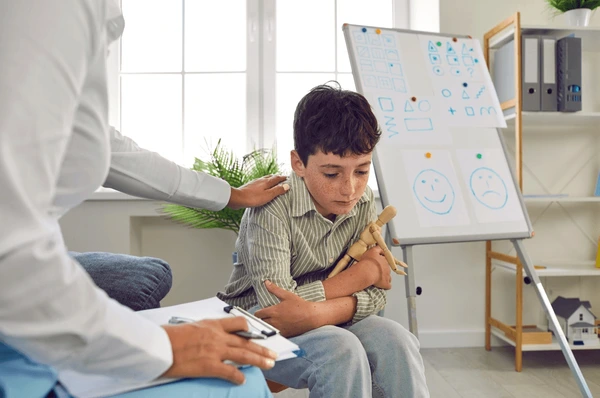Do You Dream of Seeing Your Child Confident, Responsible, and Capable of Making Decisions and Leading Others Positively?
A leadership personality is not only something a child is born with—it’s also built through parenting, experience, and continuous support. Here are 10 practical and thoughtful steps to help you develop your child’s leadership personality in a balanced and healthy way, along with real-life examples you can apply in your daily life.
10 Practical Steps to Develop Your Child’s Leadership Personality
1. Encourage Expression of Opinions
Give your child the chance to voice their opinions, even in simple matters.
Example: Ask, “What do you think, should we choose this shirt or that one?” or “Which restaurant would you prefer to go to?”
This builds their confidence and teaches them that their opinion is valued.
2. Teach Responsibility
Start with simple daily tasks and let them face the consequences of neglect without immediate interference.
Example: Assign them to feed the pet or tidy their room. If they forget, remind them later and discuss the outcome.
These tasks foster discipline and self-reliance.
3. Develop Communication Skills
Help your child express their feelings and thoughts clearly and respectfully.
Example: Teach them to say “please” and “thank you,” and talk with them after social situations:
“How did you talk to your friend? Did you listen to them?”
Strong communication is the foundation of effective leadership.

4. Be Their First Role Model
Children imitate more than they listen. Be a model of positive leadership.
Example: If you make a mistake, apologize in front of them:
“I’m sorry, I should have been calmer.”
This teaches them that a good leader admits mistakes and learns from them.
5. Boost Their Self-Confidence
Praise their effort, not just the outcome, and celebrate even small achievements.
Example: If they draw a messy picture, say:
“I loved your idea—it’s clear you put effort into it!”
This helps them develop a positive self-image.
6. Encourage Problem-Solving
Instead of offering solutions right away, ask for their opinion and discuss it with them.
Example: If they argue with a sibling, say:
“What do you think? How can we solve this in a way that
makes both of you happy?”
This cultivates critical thinking and accountability.
7. Teach Respect for Others
A successful leader respects others and values differences.
Example: When you meet someone different, talk with your child about the importance of accepting others.
Praise them when they use respectful language like “excuse me” and “please.”

8. Provide Leadership Opportunities
Give them age-appropriate roles and responsibilities.
Example: Let them lead the playgroup or be in charge of organizing the travel bag.
These roles nurture a sense of importance and responsibility.
9. Teach Acceptance of Failure and Learning from It
Failure is not the end, but a step toward success.
Example: If they lose in a game, ask:
“What did you learn? How will you do it differently next time?”
This builds resilience and turns setbacks into growth.
10. Encourage Initiative
Support their new ideas and encourage them to act on them.
Example: If they suggest a family activity, say:
“Great idea! How do you plan to make it happen?”
Small initiatives are the seeds of great leadership.
Conclusion
Building a leadership personality in your child doesn’t require strict methods or direct instruction—it takes a supportive environment, consistent encouragement, and a safe space to try and fail. Every word you say, every situation you go through with them, is an opportunity to shape tomorrow’s leader.
Start today, and you’ll see the difference tomorrow.
Latest Articles
How to Deal with a Child’s Aggression at School: Causes and Solutions
Aggressive behaviors at school are among the most concerning challenges... More
Published on: May 13, 2025
How Can I Reduce My Child’s Screen Time? A Practical Guide to Limiting TV, Phones, and Tablets
In today’s digital age, screens have become an inseparable part... More
Published on: May 13, 2025
Why Does My Child Grind Their Teeth? Causes and Treatment
Some parents may notice their child making a grinding or... More
Published on: May 13, 2025
My Child Keeps Pulling My Hand: What’s the Reason and How to Address It?
One of the behaviors parents may notice in their children... More
Published on: May 13, 2025
Related News
The Knowledge Center provides the latest health insights to improve quality of life







